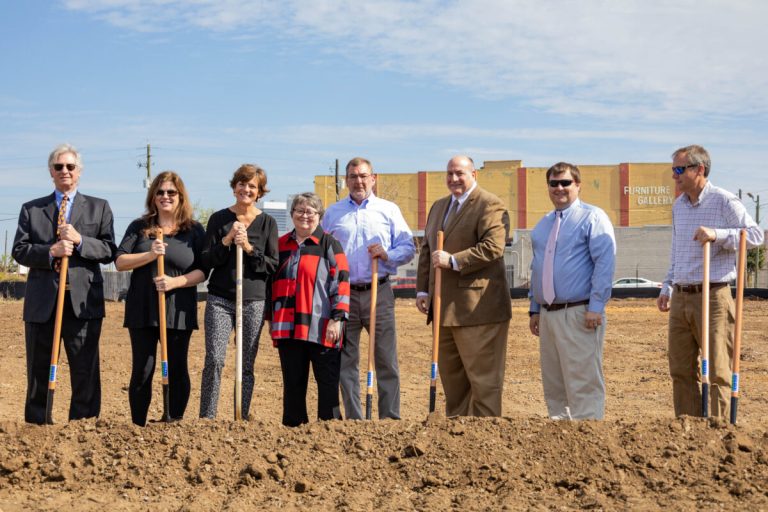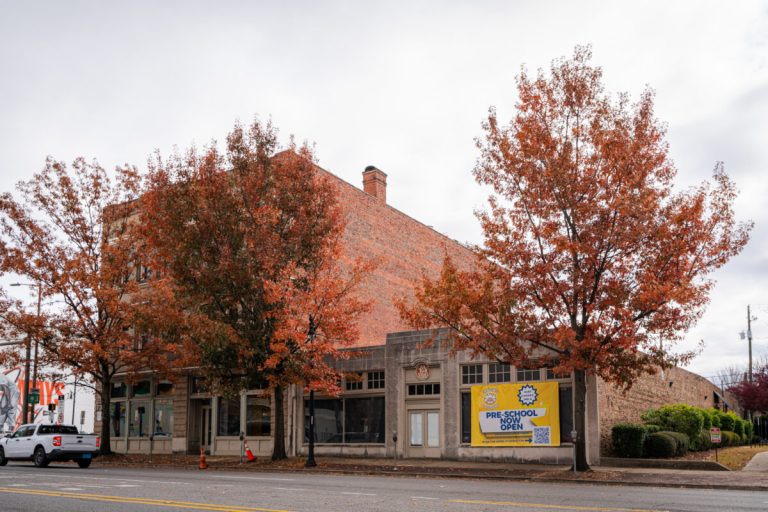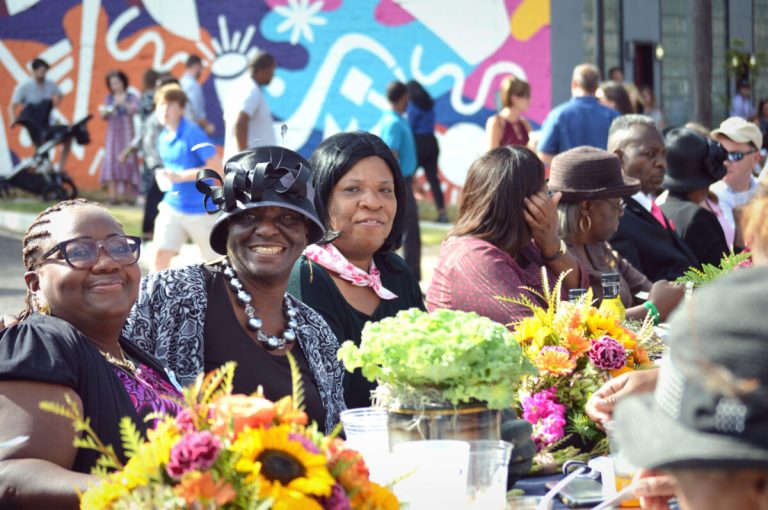Reviewed by: Cindy Hatcher
Accessible trails in Birmingham are getting better every day—here’s why
Reading time: 4 minutes
Sponsored

On Tuesday mornings and Thursday afternoons at the Lakeshore Trail’s western trailhead, you’ll find cyclists gearing up on an impressive fleet of adapted cycles—recumbent trikes, handcycles and tandems—most brought over by a team from Lakeshore Foundation nearby.
Read on to learn more about these rides and other ways Lakeshore Foundation is getting people out on Birmingham’s accessible trails while working to develop more of them.
Cycling meet-ups



For many, these rides are a first step toward exploring the Birmingham area’s wealth of parks and trails, says USA Wheelchair Rugby (USAWR) High Performance Manager Meagan Rowe, an avid cyclist who rides up to five days a week.
Rowe credits Lakeshore Foundation Recreation and Athletics Director Kevin Orr, Specialist Jimmy Abraham and Assistant Virginia Powell for their ongoing work to grow the cycling program, adding that it’s a great entryway for people of all abilities to get into cycling.
“The Lakeshore Trail is wide, paved and flat. It’s a really great way to say, ‘Look at this! Look how fun it is! Come have fun with us!’ … And then, ‘Hey, here’s all these other options that are available to you.”
Meagan Rowe
📍 Lakeshore Trail / Homewood Shades Creek Greenway Western Trailhead
1248 Oak Grove Rd, Birmingham, AL 35209
Accessible trails in Birmingham

As for those other parks and trails with great options for adapted cycle or wheelchair users, Meagan shares some favorites:
- Red Mountain Park: Outer trails are best at this park just south of the city center.
- Oak Mountain State Park: At Alabama’s largest state park, located in Pelham, Lakeshore’s cycling group has enjoyed the paved roads, and Lakeshore helped establish the Universal Trail Access signage on other trails there.
- Freshwater Land Trust Trails: While there are many great ones thoughout the metro, the Five Mile Creek Greenway near Gardendale is mostly flat, shaded and has a crushed gravel surface.
- Tannehill State Park: At this state park just southwest of the city in McCalla, Birmingham Urban Mountain Peddlers (BUMP) is leading an ongoing initiative to develop accessible cycling trails there, with consulting from Lakeshore.
“Birmingham is a unique spot, almost in a sneaky way! There are outdoor opportunities within 20 minutes of the city center. It’s beautiful out there, and I think the more people we can get out into nature, the better.”
– Meagan Rowe
👉 Ready to join a ride? Learn more about Lakeshore Foundation membership + programs at lakeshore.org.
What makes trails accessible

Rowe and Orr concur that increasing accessibility is multifaceted and starts with encouraging people to get outside by:
- Raising awareness about accessible trails, how to find them + hosting meet-ups
- Connecting people to the larger cycling and outdoor community in Birmingham + beyond
- Consulting continuously with partners like BUMP + Sweet Trails Alabama to improve and expand trail opportunities
And they both agree on what it’s not about: making every trail flat.
To that point, Orr describes a cartoon he saw years ago that depicts a person in a wheelchair sitting next to a set of snow-covered steps and a ramp, and another person shoveling snow off the steps. The caption shows the person in the wheelchair explaining that if the ramp were cleared first, both of them could use it.
“That’s the idea, whether it’s a baby stroller or someone that may not be able to step up high. That’s what accessibility or universal design is about, to make things usable and open for everyone.”
Kevin Orr
Visit the Lakeshore Foundation’s website to learn more about its community impact.
Sponsored by:





